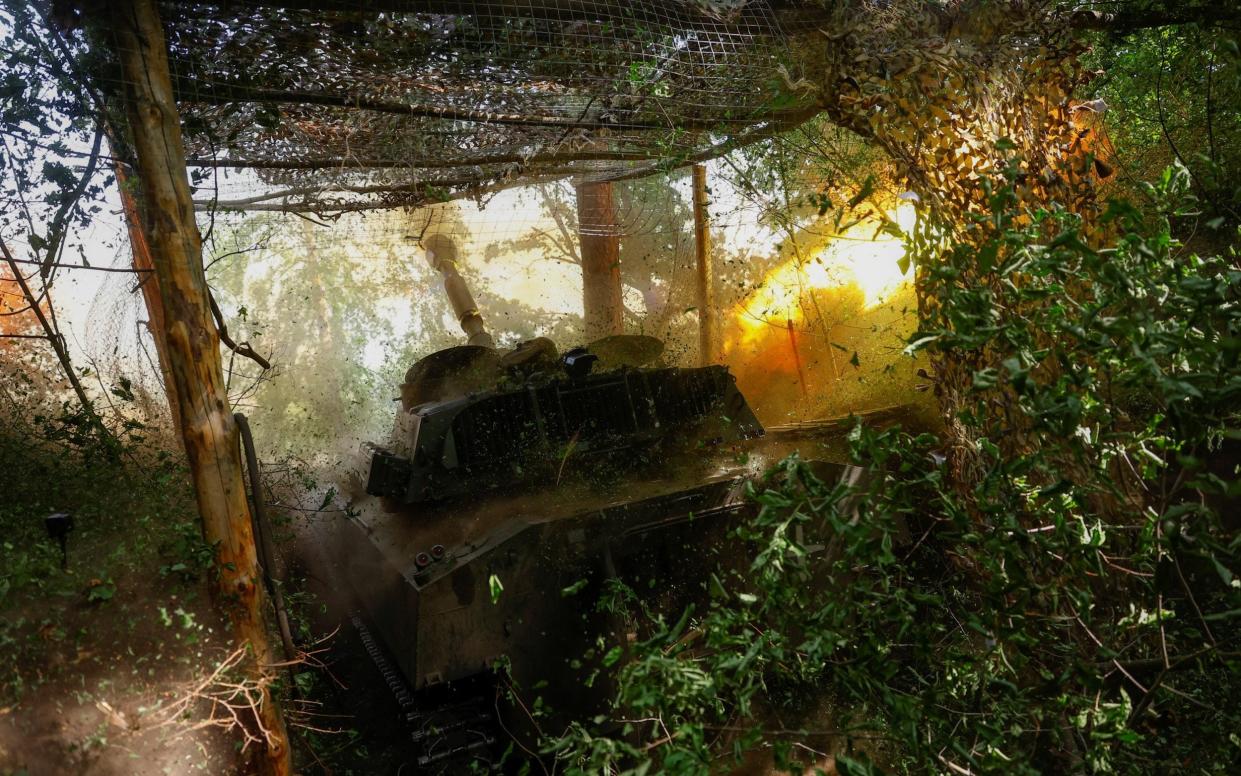Ukraine’s Maginot Line is about to crumble

They say one week is a long time in politics. Those same people have never been to war.
Six days ago, Ukrainian forces were just about hanging on across the near-1,000 kilometre front. Recent territorial losses to Russia – most notably the town of Avdiivka – in addition to recent delays in both US and EU military aid packages, had caused mounting concern for Ukraine’s fate in 2024.
Despite these recent battlefield set-backs, and delays in aid, it still felt as though Ukraine was buying time to rearm, reorganise, and redeploy an offensive counter-attack this summer.
That was six days ago, before up to 30,000 Russians – between two and three divisions worth – seemingly walked back across a previously hard-fought region of north-eastern Ukraine exactly 18 months ago, now swallowing up already thinly-spread Ukrainian reserve forces.
Indeed, Kyiv’s lightning counter-offensive of Kharkiv in September 2022, some six months after Ukraine’s second largest city was laid siege, was the Ukrainian Armed Forces most standout battlefield success, in a war of many Ukrainian victories already.
Lying only 40 kilometres from the Russian border, and incredibly vulnerable to a Russia counter-attack later on, Kharkiv was supposed to be heavily laced with improved forfeited defensive positions in the aftermath of Ukraine’s victory 18 months ago. But what was meant to be a series of bunkers, minefields and overlapping defensives created to deter a Russian offensive and deny Kharkiv to Russia definitively has seemingly transpired to be Ukraine’s French Maginot Line.
Built throughout the 1930s to deter a German invasion of France, the Maginot Line was an enormous series of defensive positions built along France’s eastern borders – most deeply of which alongside a heavily rearming Nazi Germany. The Line had four distinct but related strategic objectives: prevent a German surprise attack; deter a cross-border assault; cover the mobilisation of the French army; and to be used as a basis for a French counter-attack. Ultimately it failed in all of these.
Depressingly relatable to Kharkiv almost a century later, the lessons of European land warfare – and crucially, defence – seem to have gone unheeded, as Russians have within a week recaptured up to 100 square kilometres of Ukrainian territory which was meant to be heavily fortified.
Gaps in defences are always designed to be covered by overlapping positions, with defences in depth to create a broad and deep defensive line. 30,000 Russians is no gap in any defence. There are now serious questions as to whether a defence was even properly constructed.
If so, this is deep professional negligence of the highest order, and risks raising the ugly spectre of corruption within the Ukrainian Armed Forces. Having personally met with many wounded Ukrainian veterans, I profoundly hope that this is not the case.
The worry is of course that these problems could be replicated across the frontage, as already this moderate in scale but highly damaging Russian advance risks stretching Ukrainian reserve elements incredibly thinly, as Moscow seeks to press home its numerical advantage over the Ukrainian Armed Forces – one variable that Kyiv and its allies cannot overcome.
All the more how this is such an intensely distressing situation for the brave fighting men of Ukraine to find themselves in, especially after such a difficult year. Simply put – Ukraine cannot afford to make these incredibly elementary tactical and operational mistakes at this stage of the war. Kyiv must relearn the art of defence.
Robert Clark is a senior fellow at the think tank Civitas, where he writes on defence and security. He spent nine years undertaking active service, including tours of Iraq and Afghanistan

